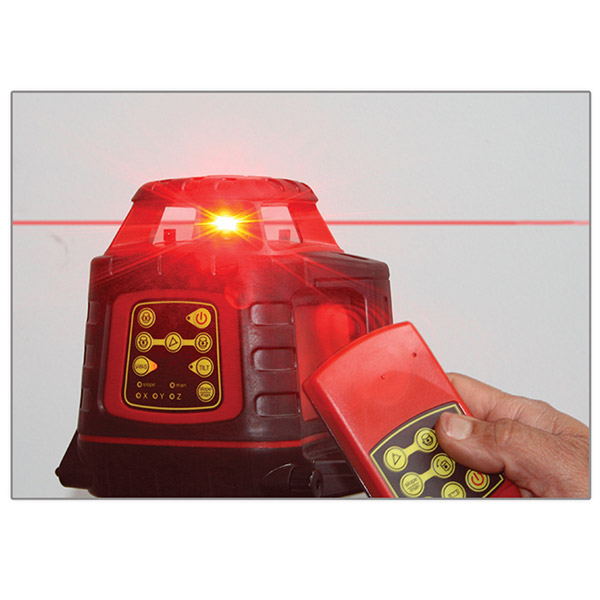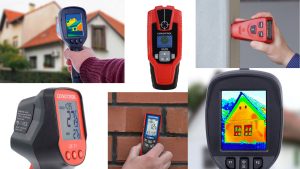No products in the cart.
Return To ShopRotating / Rotary Laser Buying Guide
Buying a Rotating / Rotary Laser
Buying a Rotating / Rotary Laser? So you know you need a rotating laser, but which one to go for? Check out the table at end of post.
There are two main criteria to consider here; Firstly what features do you require and secondly how much are you going to use it.
Rotating / Rotary Laser Features
All rotating lasers have a laser dot that is rotated on the horizontal plane. Most of the time a rotating laser is used for outdoor site levelling which requires the use of a laser receiver to “see” the laser for you. Sometimes rotating lasers are used internally visibly, for this you will ideally want to have a Scan Line Feature to make the laser more visible. Also for indoor visible operation you will be better off with a brighter Class 3r Output on the laser and possibly with Green Beam.

Some rotating lasers in addition to rotating on the horizontal plain can also operate on their side for vertical rotation. Vertical Rotation is handy for vertical alignment both outside with a receiver or indoors visibly. Vertical rotation often in addition provides a laser dot at 90 degrees to the rotating beam which enable squaring and layout.
Grade / Slope Laser Features
The final major feature is Grade or Slope. Grade allows you to set the horizontal plain a a specific gradient or slope used mainly outdoors for drainage, earthworks and plumbing. Their are two main types of grade / slope laser; Manual Grade and Digital Dial a Grade. I won’t go into details here, but, manual grade you work out the fall you want on a particular axis, measure out a distance from the laser to the receiver along this axis. Then raise or drop the receiver from the level point the required amount to get the grade you wish. Finally you use the Remote Control to move the laser plain to meet this new height.
Digital Grade is where the laser allows you to enter a percentage value for grade or slope for a particular axis. The laser then automatically slopes the beam off to that grade. Some models also include Automatic Grade Match, this is where you set the receiver at the height you need for a particular slope compared to the height of the laser. The laser then tracks to find and lock onto the receiver. The laser then displays the grade achieved as a percentage.

There are some other features you may want to consider which I’ll list below.
- Rechargeable Batteries
- VWS – Vibration and Wind Setting – Allows the laser to continuously self level without stopping to rotate in high winds or around heavy machinery.
- TILT – Similar to a pinball table tilt – Someone knocks the laser tripod and the laser stops rotating and warns you that the heights may have changed.
- Millimeter Receiver – Some models of laser can be purchased with an optional millimeter receiver which displays the distance from level in millimeters.
How Much are you going to use it?
When comparing rotating lasers with similar features you find a big range of pricing and build quality of rotating laser brands and models as there are with many tools. As a rule of thumb the more you pay the better the build quality, the longer its going reliably operate and the better the back up service.
Summary
If you are buying a rotary laser for home DIY and its only going to get used a couple of times a year then a relatively inexpensive manual levelling or pendulum auto levelling rotating laser is going to do the job.
If you are a professional builder using a laser day in day out get something more substantial with electronic self levelling.
Then select the features you need. If you need grade and you set grades day in, day out, then its probably worth investing in a Digital Grade laser. If you only set grades very occasionally then a manual grade be fine.
Check out table below to see which models may fit with your needs.
[wpsm_comparison_table id=”30″ class=””]








